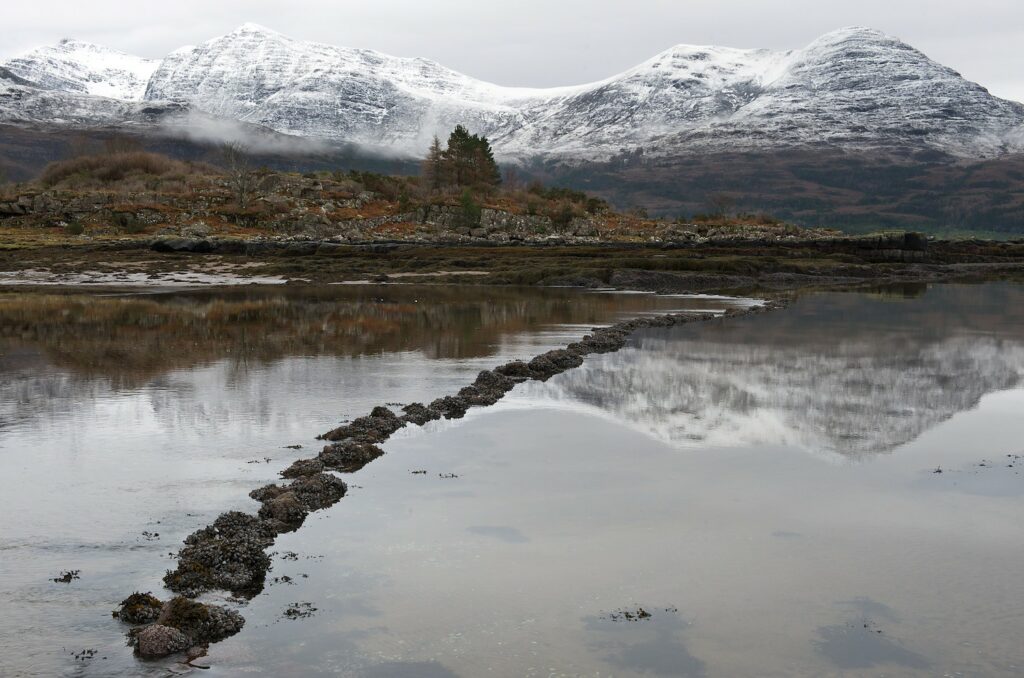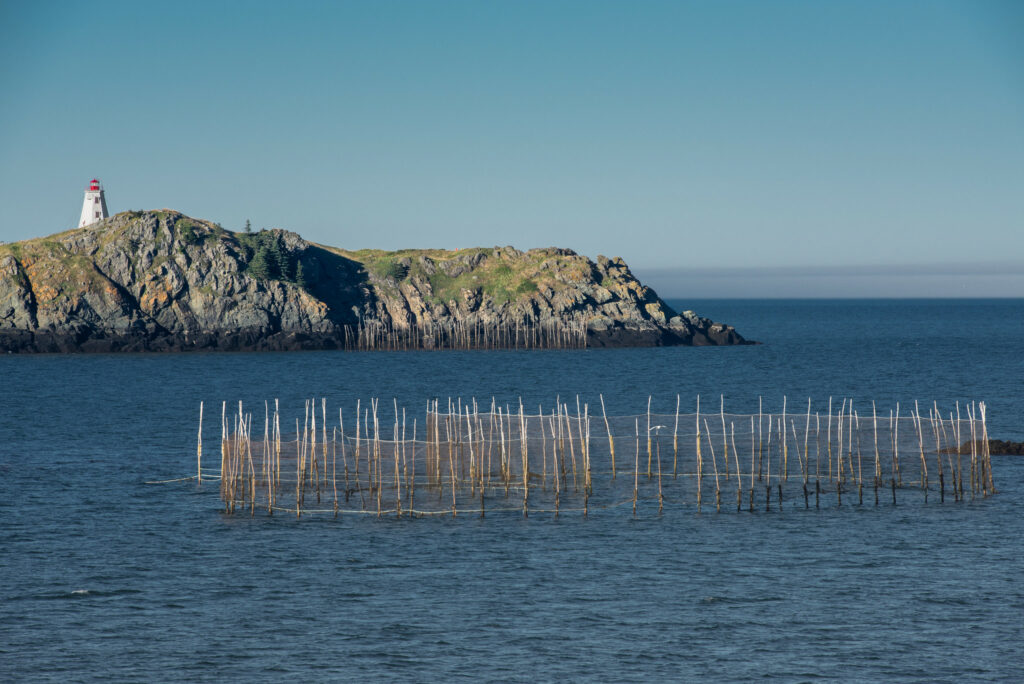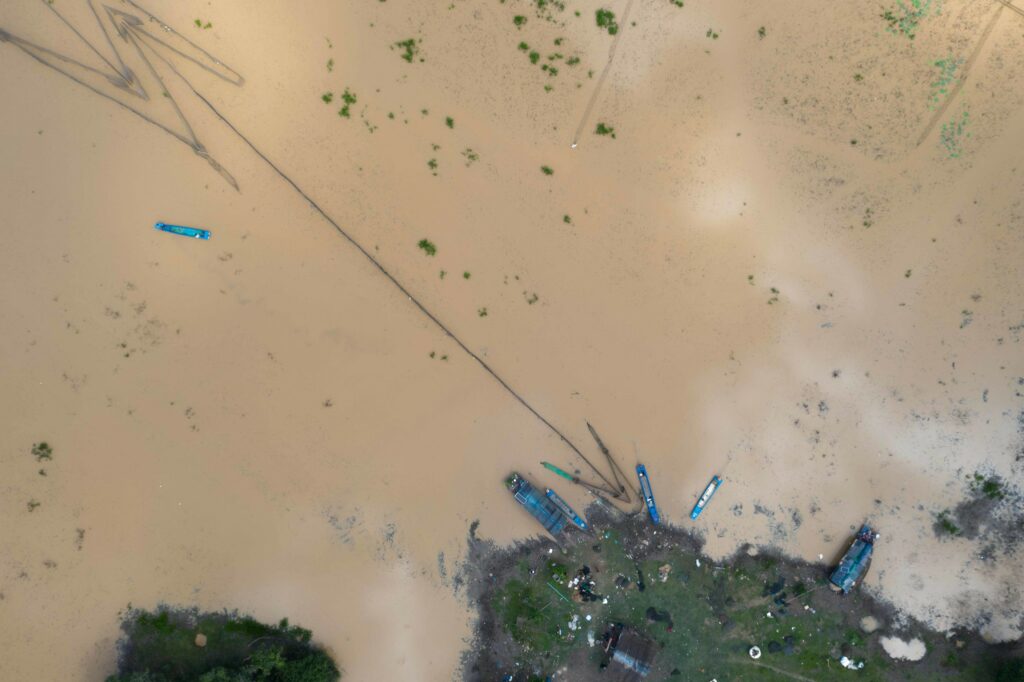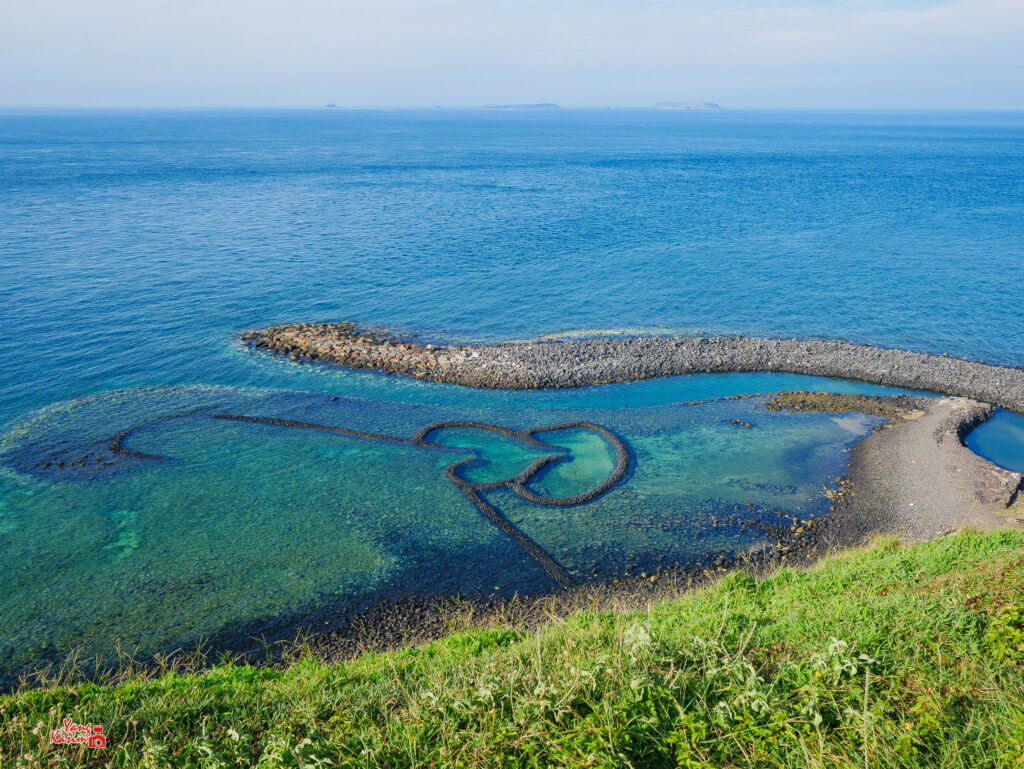Monday January 9, 2023

Fishing is an ancient human activity – one our ancestors have practiced since the dawn of our species. As humans evolved, so did their fishing techniques, and one of the earliest of these is the fish weir. Though they have taken many forms across the world and over millennia, the fundamental function of a weir is universal: it is a structure in a stream or at the edge of a lagoon designed to trap fish. Although it is well understood that weirs have been used since prehistory, the recent discovery of a particularly ancient weir about 170 feet (52 meters) beneath the sea off the coast of Southeast Alaska has greatly altered our understanding of the historical timeline. The discovery, made by researchers with the Sealaska Heritage Institute, has pushed back the start date on how long humans have been using this technology by thousands of years. This 11,110-year-old structure not only supplies further evidence of the extensive legacy of native people in North America, but also provides historical context for the critically important fisheries management tool that the fish weir is today.

Stone-Age Tech: The Prehistoric Weir
Because they were often made of organic materials like wood and reeds, fish weir remains rarely persisted to the modern day, and the weirs that were able to survive the centuries – generally those made of more rugged materials like stone – are challenging to date. Radiocarbon dating, an analysis that uses carbon-based material from once-living things to estimate age, can be used to date wooden weirs. For weirs made of non-carbon materials like stone, scientists sometimes use bone piles from adjacent middens to estimate the age of the weir. In the case of the recently discovered weir in Alaska, the researchers used sea level reconstruction to estimate its age.
Prior to the recent discovery of the Alaskan weir, the oldest known weir in North America, dated nearly 6,000 years old, was a wooden structure in Sebasticook, Maine. However, the prehistoric use of fish weirs is not unique to North America. There are 8,000-year-old weirs located in Denmark and the Netherlands, 7,500-year-old weirs in Russia, 6,600-year-old weirs in Australia, and 6,000-year-old weirs in Southern Africa. Ancient weirs were also discovered in the southern half of the New World, including a 5,000-year-old series of weirs in Bolivia, and 6,000-year-old stone weirs on an island off the coast of Chile. In addition, some scientists speculate, based on stone structures discovered on the shore of an ancient lake in the Kenya Rift, that the use of weirs may date back to 490,000 years ago, when the ancestors of modern humans roamed the earth. For comparison, the first fish hook wasn’t crafted until the Upper Paleolithic time period, about 42,000 years ago.

The shape of these ancient weirs was informed by the ecological knowledge of the people who built them. Some were circular, others were wedge-shaped, and others were concentric circles of posts woven together with basketry. In rivers, weirs were designed to funnel fish as they moved with the river flow and trap them within the structure. Tidal weirs, on the other hand, were stone walls constructed across low points along a lagoon, allowing fish to swim over the wall during high tide and trapping them once the tide receded. Some consider this method an ancient form of aquaculture, as fish could reside in these tidal weirs for extended periods of time before harvest.
The widespread use of weirs across cultures is demonstrated not only by archaeological findings, but also by the continued use of weirs and traps around the world today. The world’s largest tidal weirs still stand off the shore of Taiwan, the longest use of stone weirs predating European contact can be observed on the island of Yap in Micronesia, and arrow traps are still widely used by fishers in the Tonle Sap Lake in Cambodia.

From Maligned To Mandatory – The Weir Post European Contact
The use of weirs as a cultural practice was eliminated by colonial rule in many places throughout the world, but often not before settlers adopted the practice, causing catastrophic detriment to fish populations. In Alaska, for example, native people used weirs to harvest salmon for thousands of years prior to the arrival of Europeans. But when Alaska became a US territory, fish canneries quickly saw the potential of this technology. They built weirs spanning the full width of rivers, allowing them to capture entire spawning runs of salmon. The resulting salmon population crashes led the US government to ban full-river weirs in Alaska in 1889, and all stationary fishing gear in 1906. Similarly, the Canadian government in British Columbia passed laws to prohibit fisheries that native people established, and the traditional practice of harvesting fish with weirs in Yap in Micronesia was eroded as they were passed from Spanish, to Japanese, to German, to American rule.
The rivers of Alaska wouldn’t see another weir until the Alaska Department of Fish and Game recognized their value for fisheries monitoring in the 1950s. The Department started implementing new fishing regulations and quickly recognized that there was no means of evaluating the regulations’ impact on salmon populations. Weirs allowed managers to count returning spawners and provided a means of getting the data needed to make sure management was improving salmon numbers. Fish counting weirs quickly became a vitally important tool for the management of salmon fisheries, and by 2006 had made their way down the Pacific Coast to California. In fact, FISHBIO staff installed the very first fishing counting resistance board weir in California, located in Stanislaus River. Today, scientists rely on the data generated by fish counting weirs to assess changes in salmon populations related to harvest regulations, climatic conditions, dam operation, hatchery stocking practices, and numerous other factors. The information allows managers to make informed decisions on how to manage fisheries sustainably.

Food And Fisheries – The Future Of The Weir
After thousands of years, weirs are still in use for their originally intended function: to catch fish to eat. In most cases, traditional methods of building and operating these fishing gears provided a sustainable means of food production over the centuries. Although many cultural practices related to weir use have been undermined by colonization and globalization, today there are numerous movements to revitalize these ancient, sustainable fishing methods. In British Columbia, for example, there is an ongoing effort to revitalize ancient fish weir practices to promote environmental stewardship and aid in salmon monitoring. Similarly, there is a desire to revive traditional fish trap practices in Micronesia. To sustain fisheries into the future, it may be necessary to look deep into our past and revisit the traditional use of tools like the fish weir.
This Fish Report is the first of the Fishing Through The Ages series. To read more about the history of fisheries science, keep an eye out for future Fish Reports in the series.
This post was featured in our weekly e-newsletter, the Fish Report. You can subscribe to the Fish Report here.
